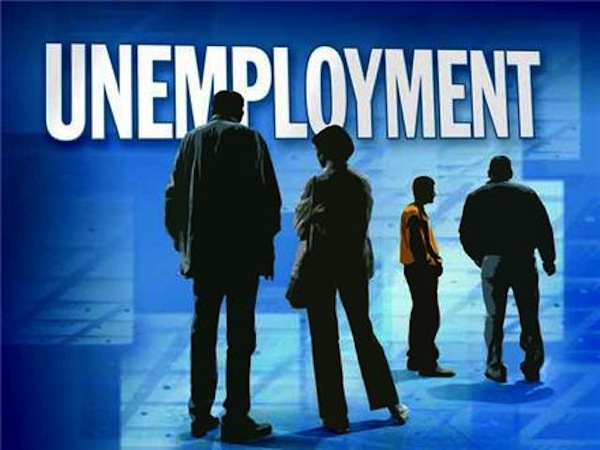First-Time Unemployment Claims At Two-Month Low


Applications for jobless benefits dropped substantially during the week ending September 22. The advance seasonably adjusted figure was 359,000, which is a decline of 26,000 from the previous week’s revised 385,000. First-time unemployment claims are at a two-month low.
The 4-week moving average, considered a less volatile number, decreased 4,500 from the revised average of 378,500 from the week ending September 15. The insured unemployment rate continues to be at a statistical stalemate as it remained steady at 2.6 percent. The seasonably adjusted insured unemployment figure for the week ending September 15 was 3,271,000. This is a decrease of 4,000 from the week before.
The initial unemployment claims report for the week ending September 22 is good news for economists and analysts looking for a significant turnaround from the beginning of the month when jobless claims increased dramatically. Lackluster improvement during the preceding week didn’t do much to boost confidence.
Layoffs have not only fallen to the lowest levels in two months, but recent data also indicates that layoffs are now at their lowest levels in a decade. However, slow mending in the labor market is a result of poor figures for the hiring side of the labor market. Job growth is not enough to keep pace with population growth, and gains in the market are not enough to have a meaningful impact on the unemployment rate.
The current unemployment rate is at 8.1 percent. At face value, the rate has been at its lowest levels since the early months of 2009. The bad news is that unemployment is as low as it has been because so many people, identified as “discouraged workers,” have left the labor force completely which means they have stopped looking for work. The good news is we are seeing consecutive months of job gains. It is just not adequate growth.
One of the biggest concerns with regards to outlook in the labor market is that the economy is not growing fast enough to encourage companies and job creators to hire. Unfortunately, the already sluggish growth during the second quarter was revised down from 1.7 percent to 1.3 percent, which can help better explain the underwhelming job gains in August.
Economists speculate GDP could grow by two percent in the third quarter. However, that is still not enough growth to help hiring efforts. The Federal Reserve is hoping their latest bond-buying program will spur growth in the economy and, by extension, job creation. Only time will tell how much of an impact QE3 will have on the labor market.
The two-month low in applications for unemployment benefits is a notable sign of further improvement on the layoffs side of the labor market. Experts speculate that as long as the figure of initial jobless claims remain under 375,000 there is a good chance that hiring efforts may be strong enough to result in significant growth for the month.



